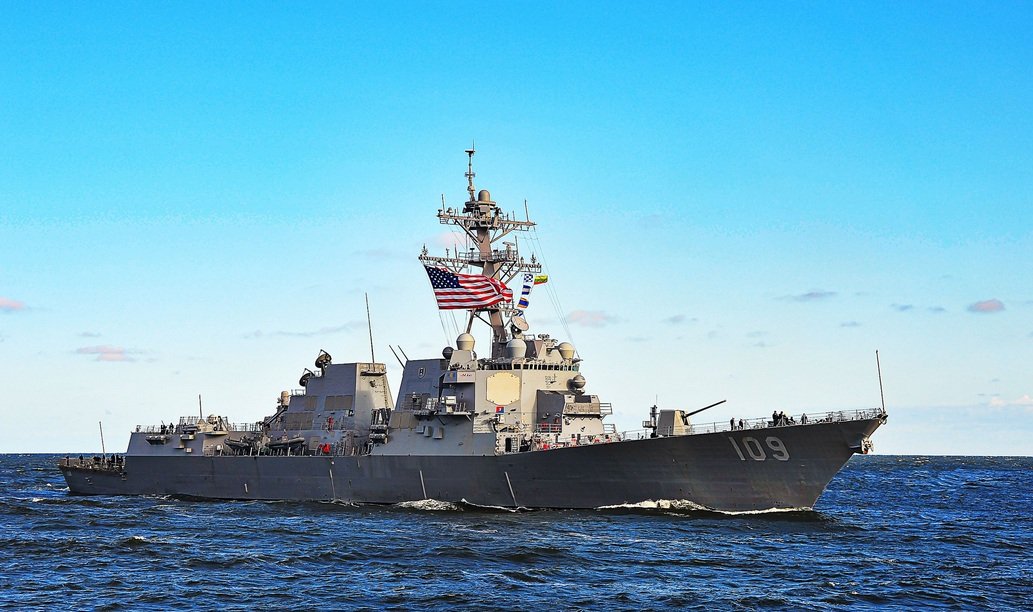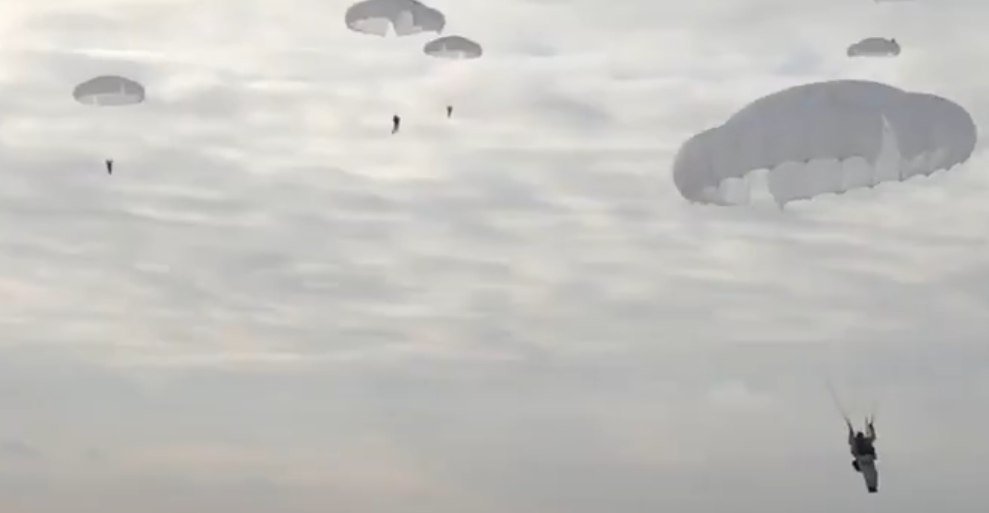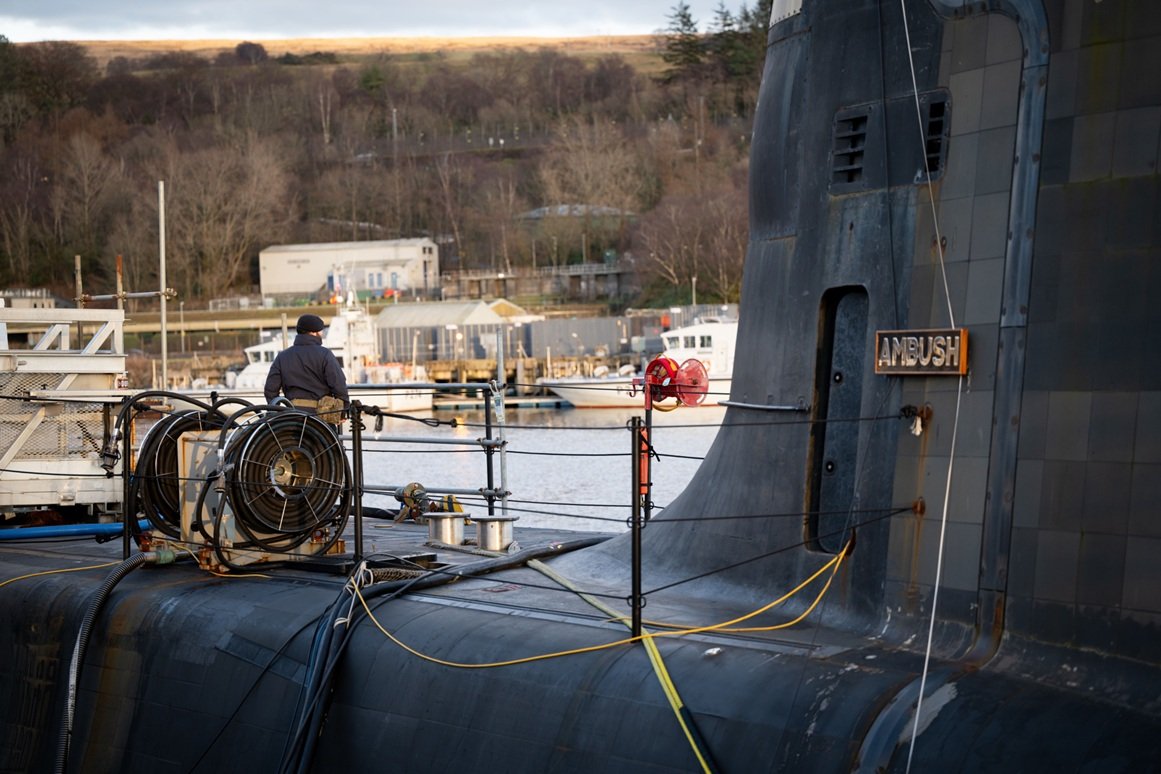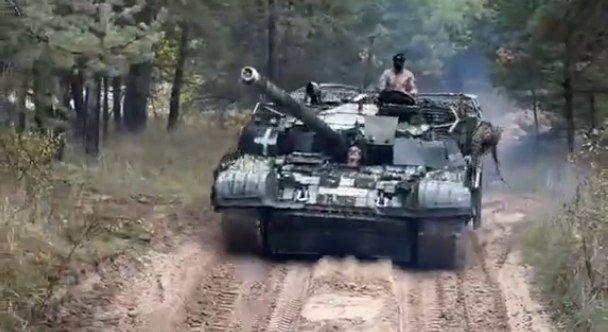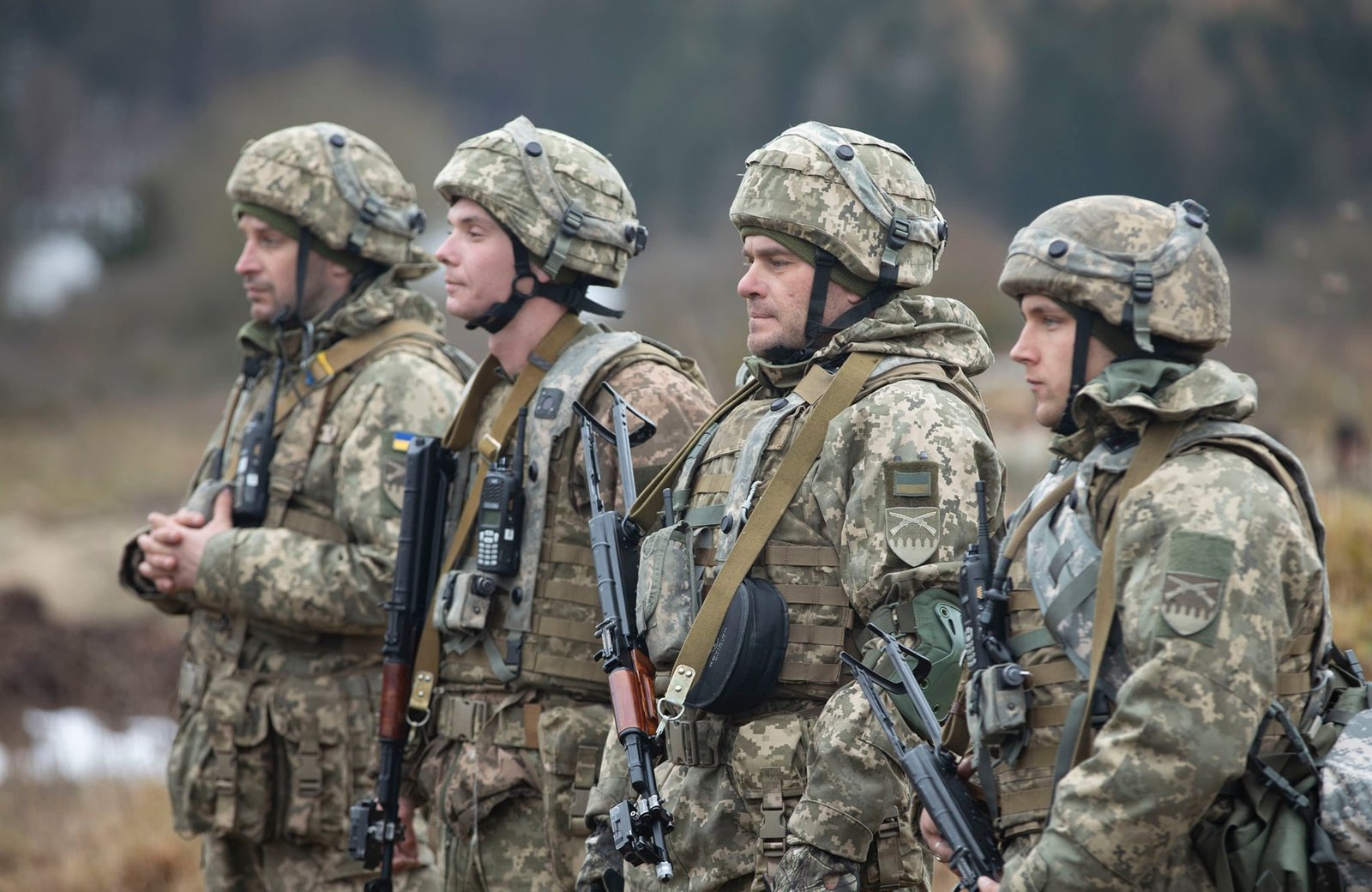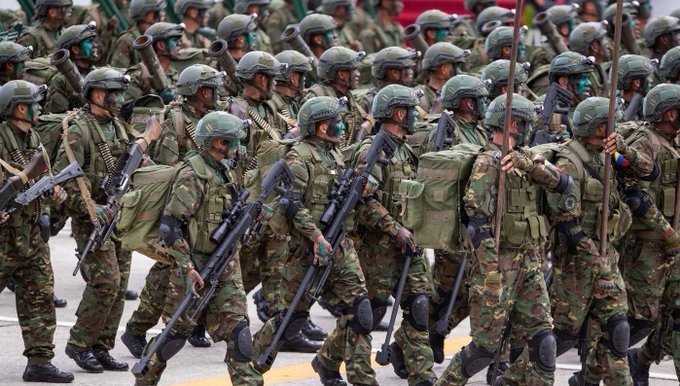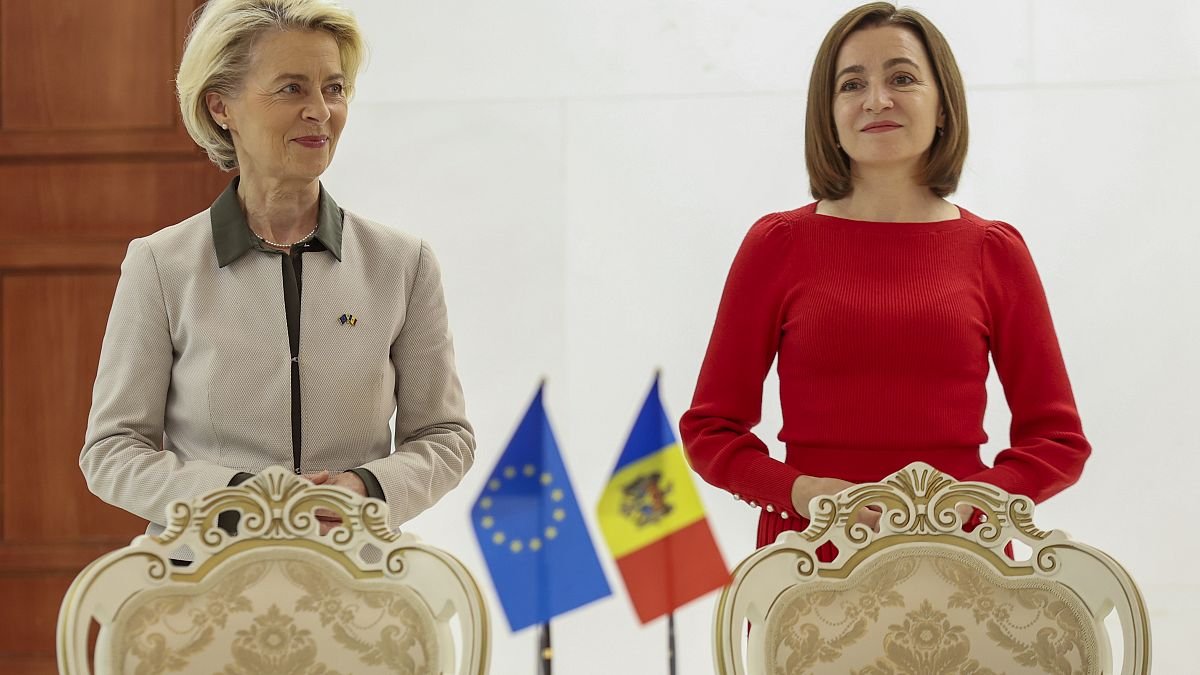
How Much Would Russia Strengthen the Activation of the Collective Security Treaty Organization in the War in Ukraine
Russia, August 2, 2025 – The war in Ukraine, which began in 2022, has not only fundamentally changed the European security architecture, but has also raised new challenges for regional security groups such as the Collective Security Treaty Organization (CSTO). This military alliance, led by Russia, includes several states in Central Asia and Eastern Europe that were initially considered traditional Russian allies. Russia would like to draw its “allies” into the war in Ukraine. However, as a result of this conflict and growing geopolitical pressure, Russia is facing a growing loss of influence in these states, which raises questions about the relevance of the CSTO and its ability to respond to external threats, including the expanding conflict in Ukraine.
Relations between Russia and the CSTO member states in 2025
Kazakhstan, the largest and most strategically important CSTO member, has a long history of military and political cooperation with Russia. In 2025, however, its relations with Russia are experiencing some tensions. Kazakhstan is increasingly focused on strengthening its relations with China, which raises concerns in Moscow. From a military point of view, Kazakhstan still relies on Russian support in the field of military modernization and security issues. Kazakhstan has the second-strongest army within the CSTO. Even before the invasion of Ukraine, Russia sent paratroopers to Kazakhstan to help the local security forces suppress the protest. However, despite this assistance, Kazakhstan is trying to maintain a neutral policy as much as possible. This can be expressed in the fact that Kazakhstan does not recognize either the Western (Kosovo, Taiwan) or the Eastern (South Ossetia, Transnistrian Moldavian Republic, DLR, LLR, Abkhazia) quasi-states.
Tajikistan is one of Russia’s closest allies in the region, both militarily and politically. Tajikistan is located in a critical geographical position between Russia and Afghanistan, making it a key partner within the CSTO. Russia has a significant military presence in Tajikistan, including a military base that is one of the largest Russian bases in the region. This presence is crucial for the stability not only of Tajikistan but also of the entire region. Tajikistan relies on Russian support for security and defense, especially due to concerns about instability in Afghanistan. In 2025, Tajikistan still faces internal security challenges, including radical Islamist groups that could destabilize the country. In this context, Russia is profiled as the main guarantor of stability and security in the region, making it a key partner within the CSTO.
Military and political relations between Kyrgyzstan and Russia are strong but still evolving. Kyrgyzstan is a country that has traditionally had close relations with Moscow, but is also facing pressure from China, which is increasingly active in the region. In 2025, Kyrgyzstan finds itself in a situation where it is completely dependent on Russian military assistance, especially in the field of training and modernization of the army. However, the possibility of developing relations with China is increasingly opening up, which may affect its inclination towards Russia. This factor may affect Kyrgyzstan’s role in the CSTO in the future, as its orientation in geopolitical matters becomes more complex.
Belarus represents one of the strongest partnerships within the CSTO. Relations between Belarus and Russia are exceptionally strong in 2025, with Belarus increasingly profiled as a de facto satellite state of Russia. Political and military ties are very close, with Russia having located military bases in Belarus and significantly participating in the modernization of the Belarusian army. Belarus is a key member of the CSTO, not only militarily but also politically. In 2025, the Belarusian regime of President Lukashenko is under considerable pressure from both internal and external factors, which means that Belarus is increasingly relying on Russia for support. This relationship gives Russia great influence over regional developments, and Belarus will continue to play an important role in Russia’s geopolitical game in Europe.
Armenia has historically been a key ally of Russia, both militarily and politically. However, in 2025, relations between Armenia and Russia are under some strain. Armenia is increasingly turning to Russia for military assistance, especially due to the conflict with Azerbaijan over Nagorno-Karabakh. However, in recent years, there have been some signs that Armenia is seeking a balance between Russia and the West, which may affect its role in the CSTO. Armenia is located in a geopolitically complex region, where relations with Azerbaijan and Turkey are tense. Therefore, it cannot be assumed that Russia would receive any military assistance from this “ally”.
The strength of the armies of Russia’s “allies”
The military capabilities of the individual member states of the Collective Security Treaty Organization (CSTO) are a key factor in the effective functioning of the alliance. Although Russia is the dominant military partner, the capabilities of other member states affect the alliance’s ability to respond to external threats. In 2025, the military capabilities of these countries range across a wide spectrum, from strong armies in Kazakhstan and Belarus to smaller and weaker forces in Tajikistan, Kyrgyzstan and Armenia, which still need support and modernization from Russia.
Kazakhstan has one of the largest armies in the region. The number of active soldiers is approximately 60,000. The Kazakh army includes more than 350 T-72BA tanks. In addition, the army is equipped with approximately 413 BMP-2 and BTR-80A/82A infantry fighting vehicles. In addition, the Kazakhs also have 340 armored personnel carriers of various types. In the field of artillery support, Kazakhstan has 126 self-propelled guns, 194 towed howitzers and 107 multiple rocket launchers. In the aviation sector, Kazakhstan owns 24 Su-27 fighters, 29 Su-30 and 14 Su-25 attack aircraft. In the helicopter sector, it has 54 transport and 32 combat aircraft. Air defense consists of two S-200 Angara systems, S-300PS, 9K317M2 Buk-M2E, S-75M Volkhov, 2K12 Kub, S-125-1T, 9K35 Strela-10. Although Kazakhstan has a strong army, it still lags behind in the field of modernization of military equipment, especially in terms of air force and air defense, and needs assistance in ensuring greater interoperability and modernization of its equipment.
Tajikistan, which borders Afghanistan and faces the threat of instability in the region, has an army of 8,800 active soldiers and 20,000 reservists. Tajikistan has 38 T-72/T-62 tanks, 23 BMP-1/2 infantry fighting vehicles, and 36 armored personnel carriers. Its artillery units include 13 D-30 towed howitzers, 3 2S1 Gvozdika self-propelled guns, and more than 14 multiple rocket launchers. Tajikistan has limited air capabilities, including 4 L-39 Albatros trainer aircraft, 11 transport helicopters, and 4 Mi-24 attack helicopters.
Kyrgyzstan has an army of 10,900 active soldiers. The military inventory includes more than 150 T-72 tanks, 320 BMP-1/2 infantry fighting vehicles and 55 BTR armoured personnel carriers. In the area of artillery support, Kyrgyzstan has 123 towed howitzers, 18 2S1 Gvozdika self-propelled guns and 21 multiple rocket launchers. The Kyrgyz army has limited aviation capabilities, which include 4 L-39 Albatros combat training aircraft, 12 transport and 2 attack helicopters. Air defence is provided only by the S-75M3 Dvina, S-125M1 Neva-M1 and S-300 systems. Like Tajikistan, Kyrgyzstan has a weaker military infrastructure and relies on modernization and training with Russian assistance, while strengthening this cooperation would have a positive impact on its defence capabilities.
Belarus has a strong and well-equipped army with approximately 48,600 active soldiers and 290,000 reservists. Belarus possesses 497 T-72B/B3 tanks and 976 BMP-2 BTR-82A infantry fighting vehicles. In the area of artillery support, more than 321 self-propelled guns, more than 72 towed howitzers and 164 multiple rocket launchers are available. In the aviation area, Belarus has 4 Su-30SM fighters (8 ordered), 34 MiG-29 fighters. It has 36 Mi-8 helicopters and 21 Mi-24 helicopters. Air defense is provided by the S-300PT, S-300PS, S-400, 9K37 Buk, 9K331ME Tor-M2E, 9K331MK Tor-M2K, 9K33 Osa, 9K35 Strela-10 systems. Military cooperation between Belarus and Russia is at a very high level, which strengthens the defense capabilities of the OSKB alliance and ensures the integration of the Belarusian army with Russian forces if necessary.
Armenia, which faces long-term security threats in connection with the Nagorno-Karabakh conflict, has an army of approximately 42,900 active soldiers and 210,000 reservists. Armenia has 100 T-72 A/B tanks, 140 BMP-1/2 infantry fighting vehicles. Furthermore, 20 MT-LB armored personnel carriers and 151 BTR wheeled armored personnel carriers. In the area of artillery support, it has more than 37 2S1, 2S3 self-propelled guns and 122 towed howitzers. Armenia also has 54 multiple rocket launchers. The Armenian Air Force has 4 Su-30 fighters, 16 Su-25 attack aircraft. There are 14 Mi-8 helicopters and 11 Mi-24s. Air defense is provided by the 2K11 Krug, S-75 Dvina, 9K37M Buk-M1, 2K12 Kub, S-125 Pechora, Tor-M2KM systems.
And the result?
The activation of the Russian-led CSTO alliance in the context of the war in Ukraine would be a key step for Russia and its allies in responding to the growing geopolitical tensions. In 2025, as the CSTO is at a crossroads between its traditional ties to Russia and the growing influence of other world powers such as China, its member states are at different stages of military readiness and political orientation.
While Kazakhstan, Tajikistan, Kyrgyzstan, and Armenia are militarily and geopolitically committed to Russia, their relations with Moscow are increasingly complex. Kazakhstan is trying to balance its relationship between Russia and China, Tajikistan still relies on the Russian military presence but also faces internal threats, Kyrgyzstan is facing pressure from China, and Armenia, while militarily dependent on Russia, is seeking ways to strengthen its relations with the West.
Belarus, on the other hand, remains Russia’s most loyal ally in the CSTO, with a highly integrated military force fully prepared to support Russia’s ambitions in the region. While the military capabilities of CSTO member states vary, most of them still face the need for modernization, especially in areas where their armies are weaker than Russia’s. This means that Russia continues to play a key role in strengthening the military power of its allies and increasing their defense capabilities. Overall, activating CSTO in the context of the war in Ukraine could strengthen Russia’s military capabilities in the region, but only if Russia can bring its allies closer together. This is becoming increasingly difficult given the growing geopolitical pressures and the diversified interests of individual member states. As a result, the role of CIS in the coming years is a question that Russia will have to find answers to within the framework of a broader geopolitical strategy that will increasingly require flexibility and adaptability. Currently, the CSTO is essentially incapable of action in the war in Ukraine, primarily for political reasons.
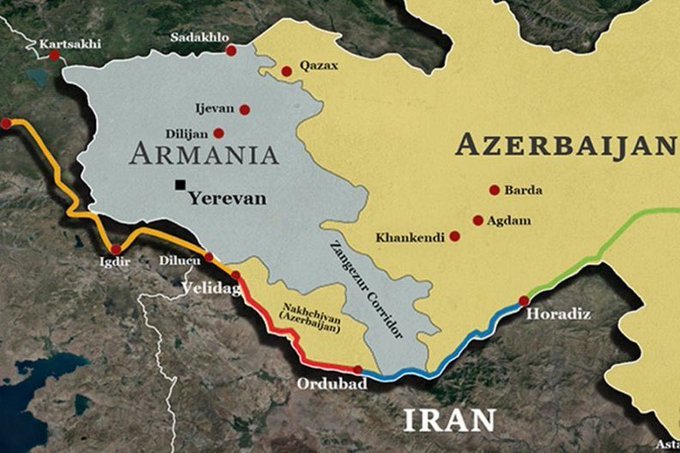
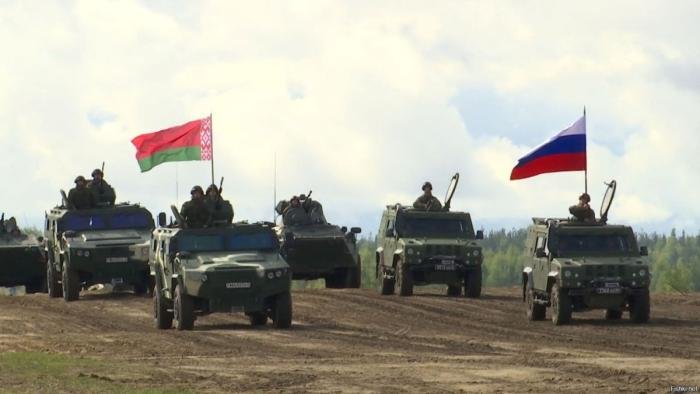
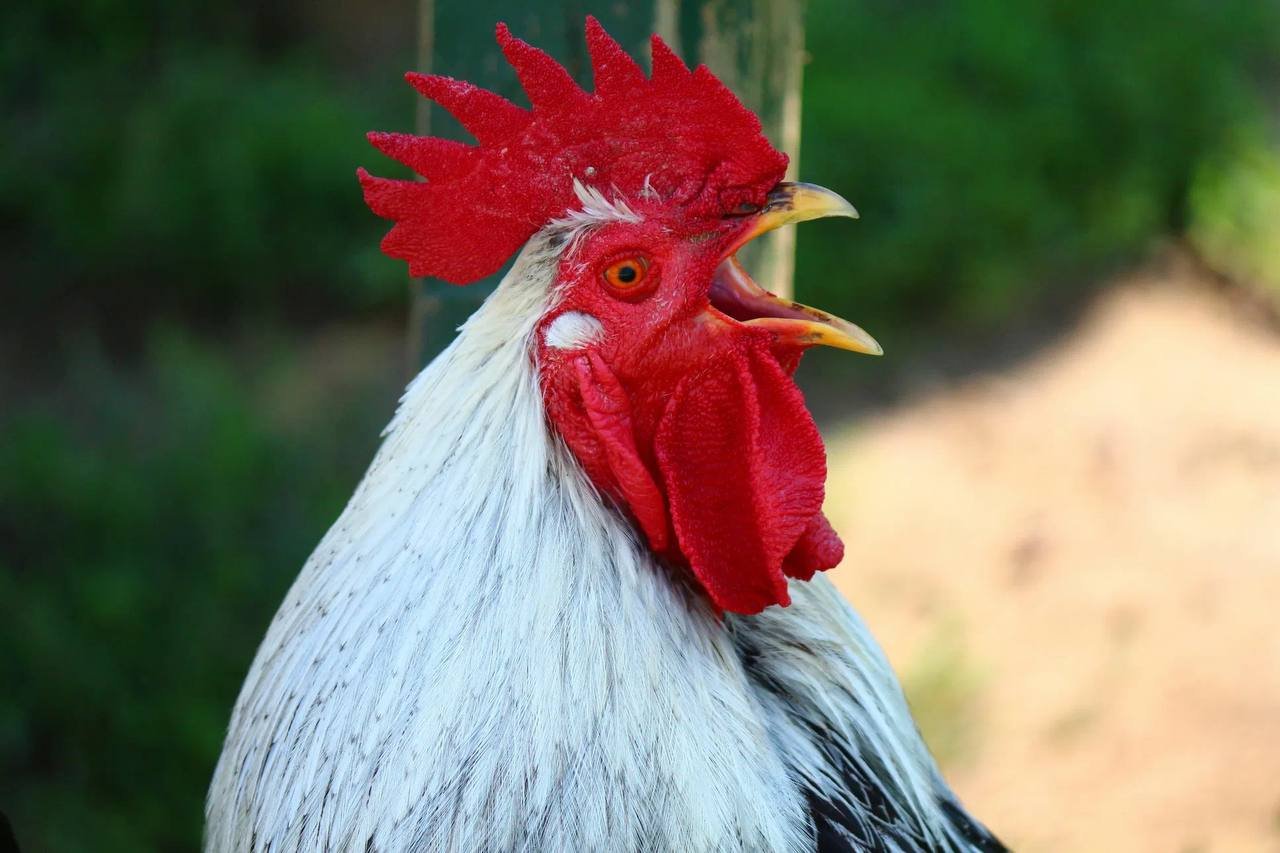
Max Bach



